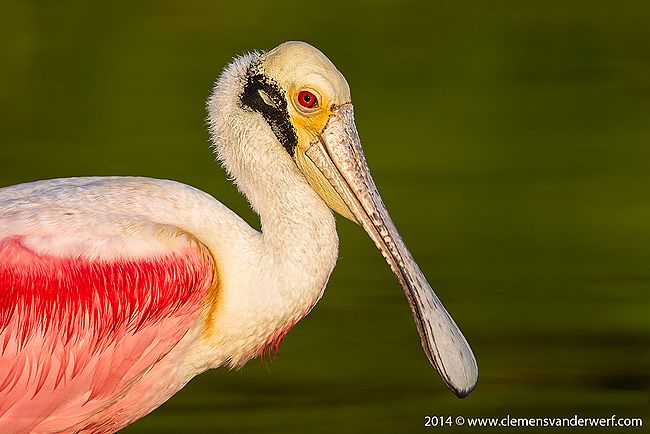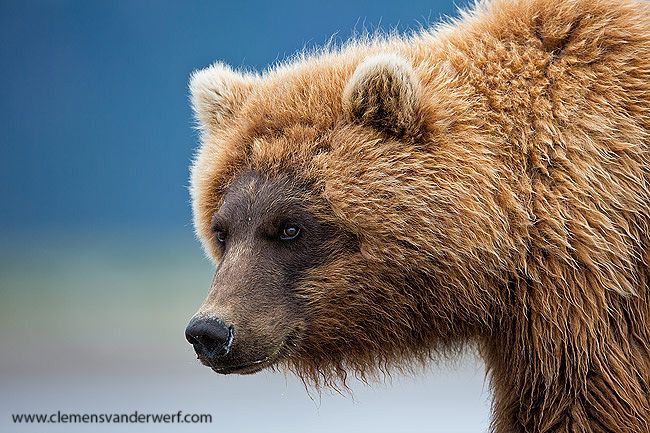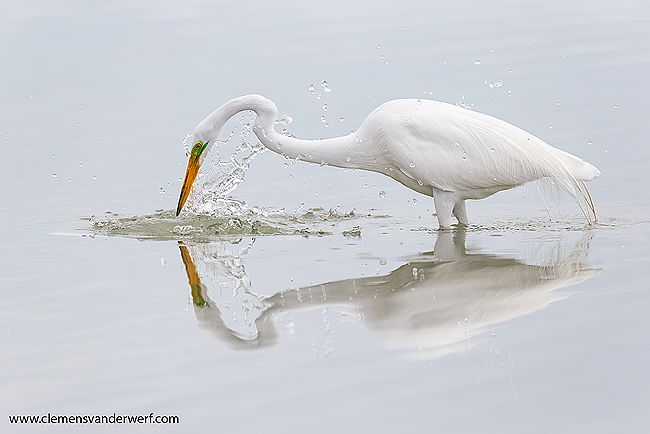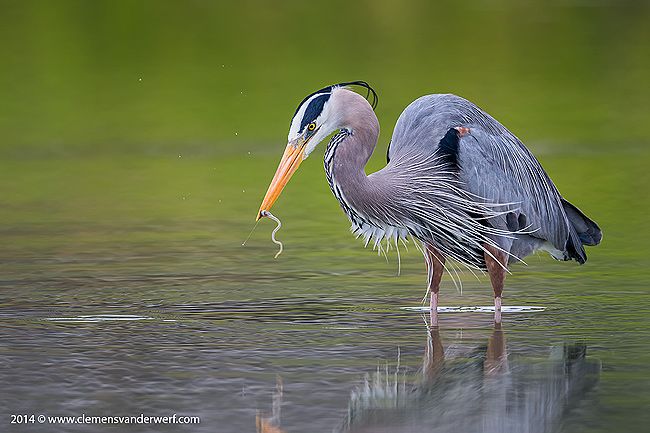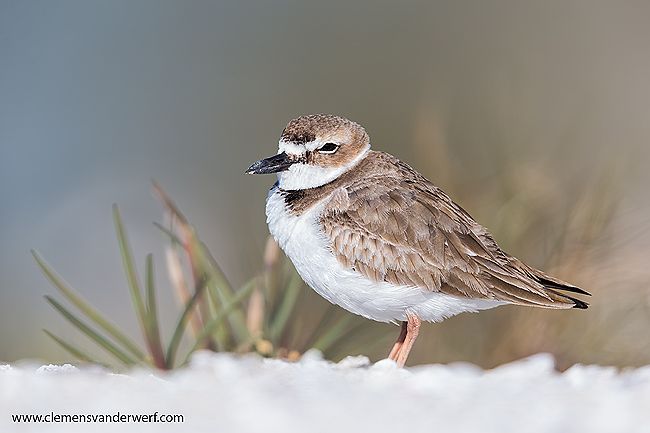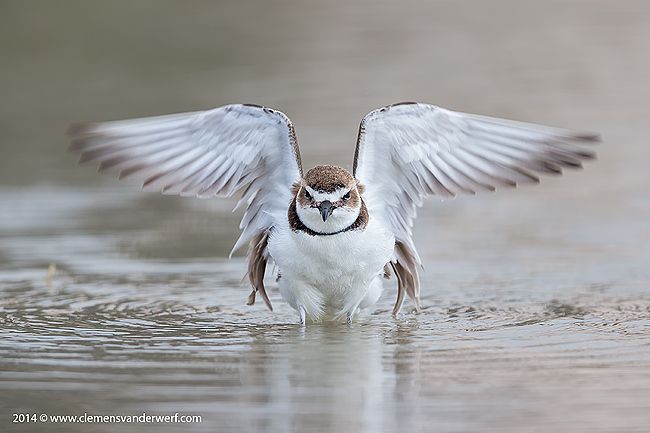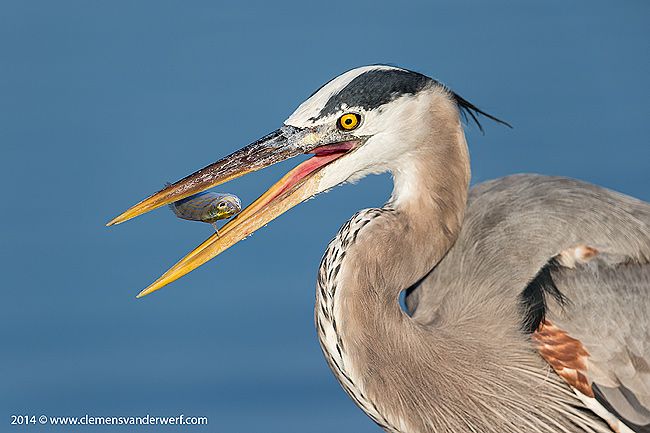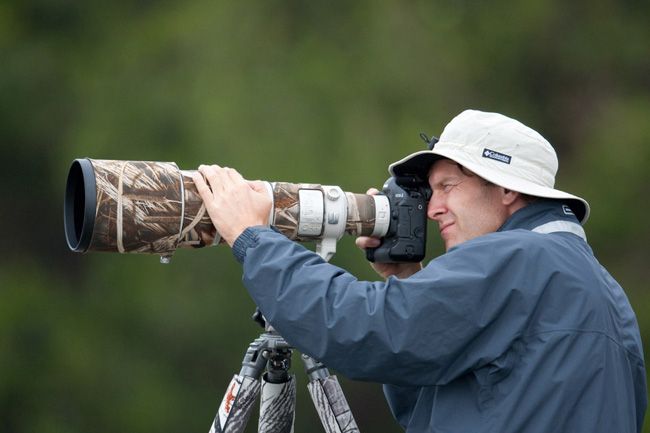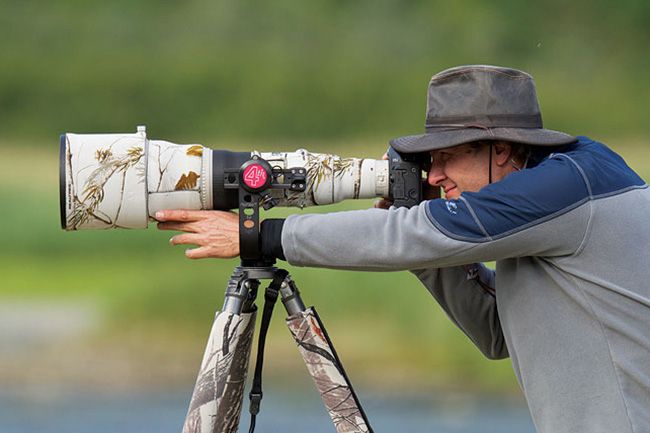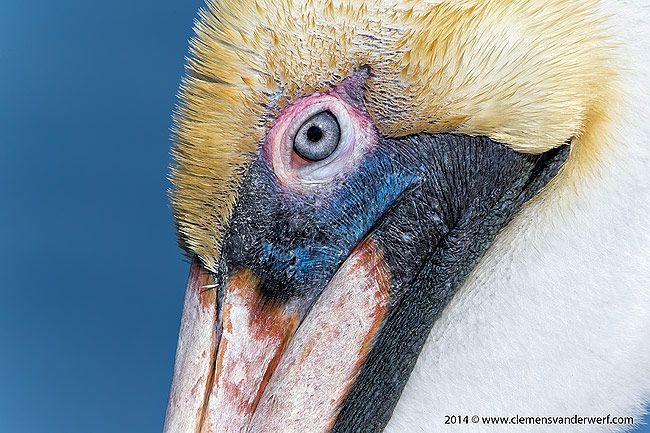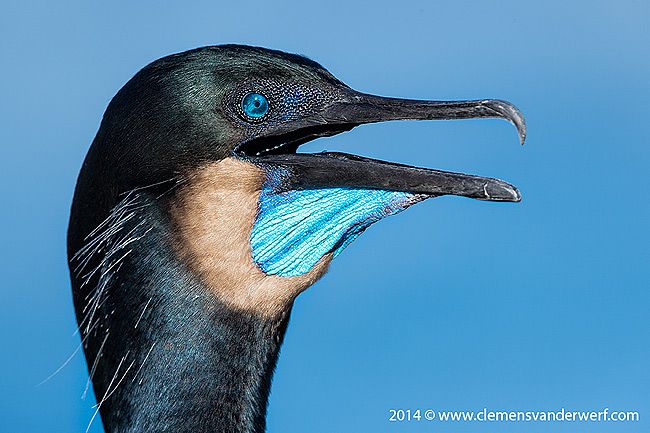When I started photographing birds for the first time in early 2010 I had a full-frame camera body and a Canon EF 300mm/f2.8 IS and EF 500mm/f4 IS MkI lens that I used for sailing photography from a boat or a helicopter. My good friend and nautical photographer Onne Van der Wal (www.vanderwal.com) had taught me to handhold the lenses while photographing from a moving boat. I was not really used to using very long lenses and a tripod to photograph small living subjects like birds. I had followed to blog of Arthur Morris (www.birdsasart.com) for a while and was intrigued by the technical information that was provided. It made me decide to do a workshop with him to improve my photography. I had nothing with birds. To me a bird was a bird, and I could not tell the difference between them. I borrowed the new EF 800mm/5.6 IS lens from Canon and had trouble keeping the subject in the frame or even finding it at all due to the narrow field of view. Working with a tripod was a new feature for me as well. Making sharp images even more difficult. I struggled through the workshop but the long lens changed my perspective on the subject, and got me enthusiastic about birds. I was seeing things that I was never really aware of. Birds are beautiful, and getting a closer look at these incredible creatures changed my view and got my curiosity going.
A lot has been written about how long a long lens needs to be. The obvious answer is "it depends". A 500mm lens in combination with a teleconverter works great and will give you ample reach in most cases, certainly here in Florida where you can get relatively close to the subjects. In my quest to get even closer to the smaller shorebirds I added the Canon 1D MkIV body (with 1.3 crop factor) and the Canon EF 800mm/f5.6 IS lens to my equipment list, giving me an effective focal length of 1040mm on a full frame basis. Adding a 1.4x teleconverter to this combination would reach 1456mm, compared to 1300mm based on a 500mm lens with a 2.0x teleconverter. With the 3-stop Image Stabilization on the 800mm lens, this proofed to be a deadly couple for photographing birds. The sharpness of the long prime Canon lenses is amazing. Even is you push the limits and use the 800mm with the 2.0x teleconverter the sharpness is still very good, as is the case with the image of the Roseate Spoonbill.

